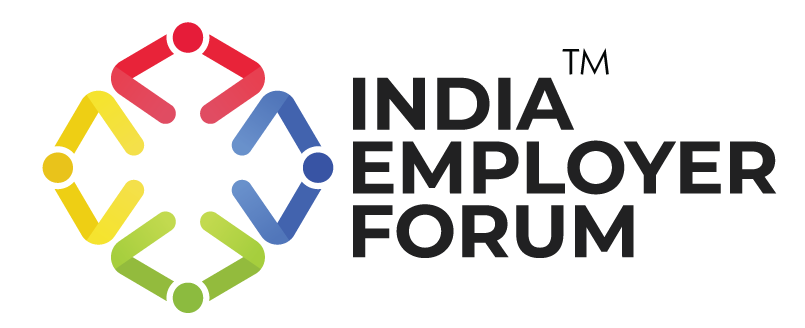Traditional business models often struggle with an execution gap — the gap between translating strategies into sustainable business outcomes. Stratexology, a new management and economic framework developed by Professor Ahmad J. Naous, addresses this long-standing challenge by redefining how strategy and execution function together. It positions execution as a scientific, measurable component of strategy, ensuring that organisational goals translate into tangible, long-term results.
This article explores how Stratexology can help organisations and HR leaders close this execution gap and build systems that drive strategic vision into sustainable business outcomes over time.
The Frameworks of Stratexology
Stratexology comprises several interconnected components that align strategic intent, human capability, and measurable value creation — ensuring that every organisational effort contributes meaningfully to long-term success. The components, aligned with the business outcome, are as follows,
- Execution as Core
Stratexology begins by placing execution at the heart of strategy. It treats execution as a scientific core process that defines clear hypotheses, measurable actions, and feedback loops. This focus transforms strategic plans into practical, testable systems that enhance accountability and precision in achieving outcomes. Organisations benefit from faster decision-making and stronger alignment between leadership vision and ground-level delivery. - Integrated Value Dimensions
Unlike conventional models focused solely on financial returns, Stratexology evaluates success across three dimensions — economic, social, and human value. This holistic view ensures that profitability, societal contribution, and employee well-being are interconnected. The result is a performance model that drives business growth while enhancing trust, brand reputation, and workforce engagement. - Measurement and Metrics Layer
To sustain impact, Stratexology employs a robust measurement framework that links strategic goals to execution results. By combining financial and non-financial indicators, it enables leaders to assess not only the “what”, but also “how” it was achieved. This transparency strengthens governance, supports data-driven decision-making, and builds a culture of evidence-based performance. - Execution Architecture and Governance
Effective execution demands structure. Stratexology establishes a clear governance model defining roles, accountability, and review cycles. This architecture eliminates silos, promotes cross-functional collaboration, and ensures timely course correction — all of which improve operational efficiency. - Capability and Behavioural Alignment
People are the catalysts of strategy. This component aligns HR systems—learning, development, rewards, and performance—with strategic priorities. By linking individual goals to organisational outcomes, it enhances capability, motivation, and behavioural consistency across the workforce. - Adaptive Learning and Feedback Loops
Stratexology embeds agility through continuous learning. Regular reviews convert execution data into insights, allowing organisations to adapt quickly to internal and external changes. This dynamic feedback mechanism fosters innovation and resilience. - Stakeholder Engagement and Ethical Framing
Finally, Stratexology emphasises ethical stewardship. By engaging employees, customers, and communities, it builds legitimacy and trust—critical requirements for sustained organisation growth and social impact.
Together, these components form a disciplined system that enables organisations to convert strategy into measurable, purposeful, and long-term positive outcomes.
Related Reads
Step-by-Step Stratexology Implementation Process for HR Leaders
Implementing Stratexology requires a structured approach that embeds execution into organisational strategy. Here is a step-by-step implementation process for HR leaders to deploy the stratexology principle in the organisation.
- Define Shared-Value Outcomes
Start by clarifying what the organisation seeks to achieve across economic, social, and human dimensions. Translate strategic intent into measurable outcomes that connect business performance with workforce capability and societal value. - Formulate Execution Hypotheses
Develop hypotheses around the key drivers that will deliver the business outcomes. Identify which people practices, leadership behaviours, or cultural shifts will directly influence execution success. - Build the Execution Architecture
Create a framework that governs the execution process. This includes defining roles, accountability systems, and cadence for monitoring progress. Establishing a cross-functional team in this context is essential. - Align HR Systems and Processes
Integrate strategy execution into all HR systems—talent management, performance appraisal, capability development, and rewards. Every HR mechanism should reinforce the strategic priorities and behavioural norms identified earlier. - Develop Blended Measurement Systems
Design metrics that combine financial, operational, and human capital indicators. HR leaders should help build dynamic dashboards that track how people and processes contribute to strategic outcomes. - Institutionalise Learning and Adaptation
Adopt short review cycles to evaluate what’s working, refine hypotheses, and embed learnings. This iterative review process makes strategy adaptive and responsive to changing organisational realities.
In today’s business landscape, where strategic success depends on execution excellence, Stratexology offers a transformative way forward. By integrating purpose, performance, and people into a unified framework, it moves organisations towards achieving measurable, sustainable impact. For HR leaders, this approach redefines their role — from policy enablers to strategic architects who draft the execution pipeline, aligning with organisational goals. As businesses navigate complexity and change, adopting Stratexology is not just about refining strategy; it is about building a system that continuously drives the conversion of strategies into tangible business outcomes.






